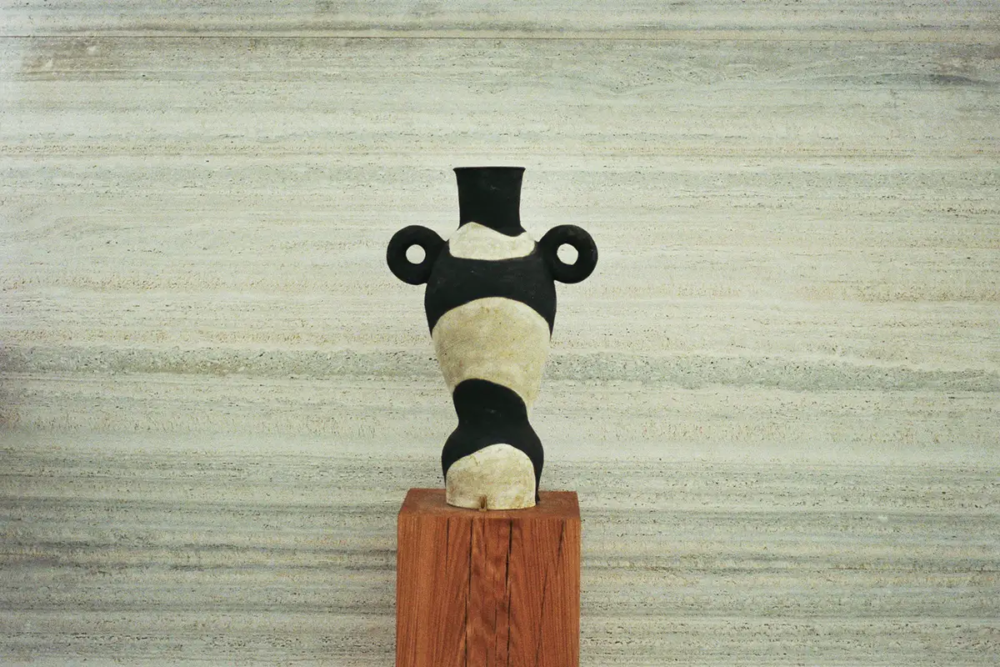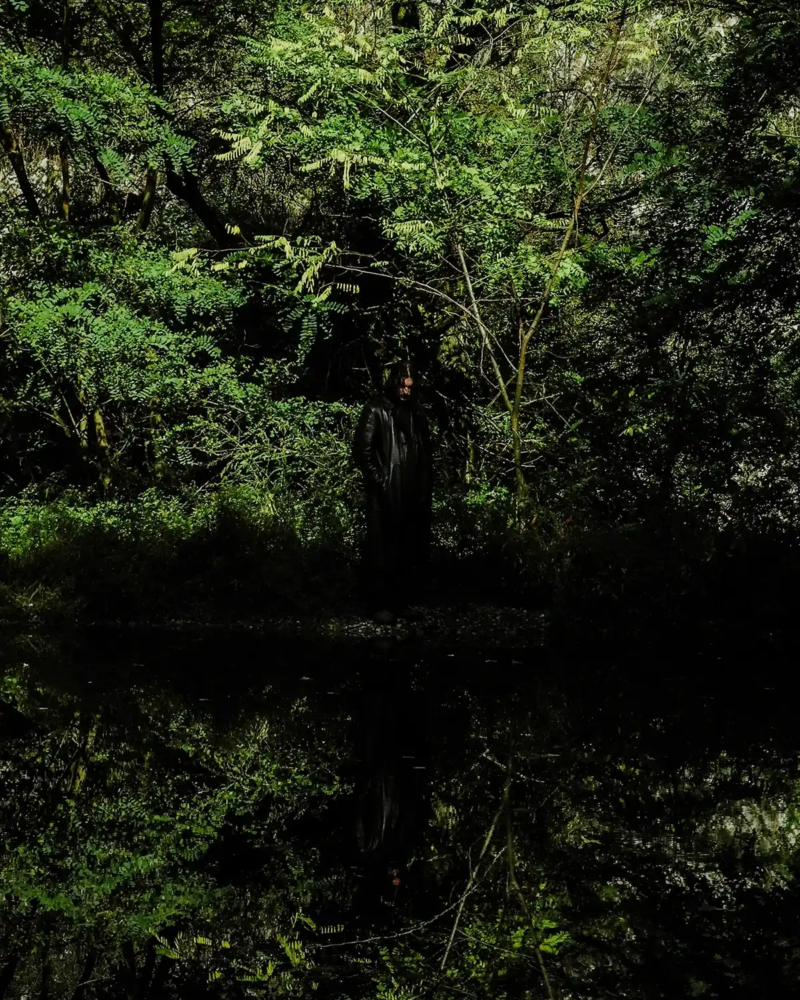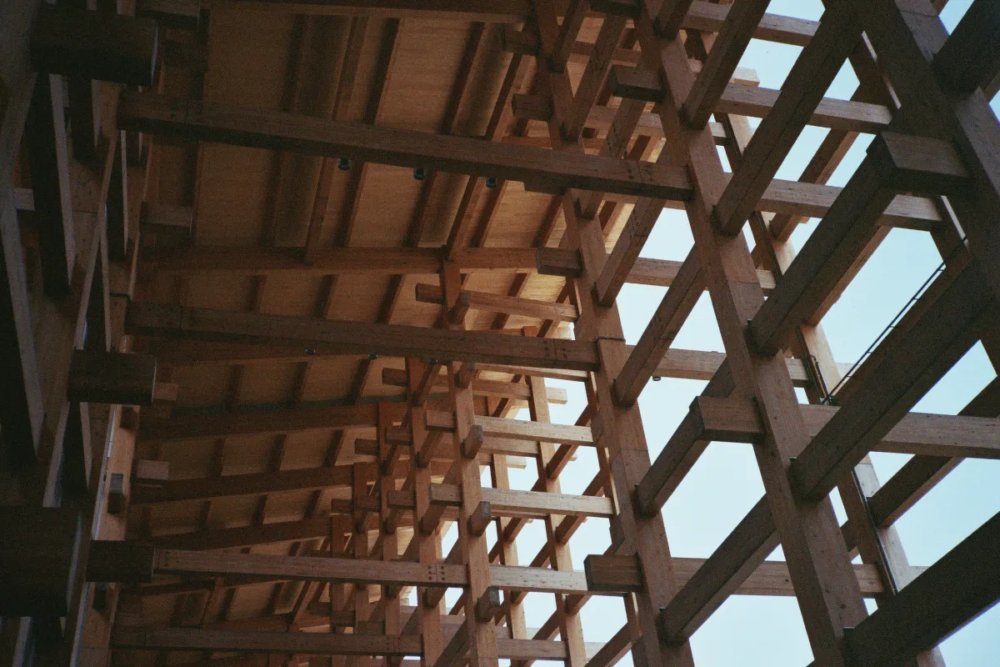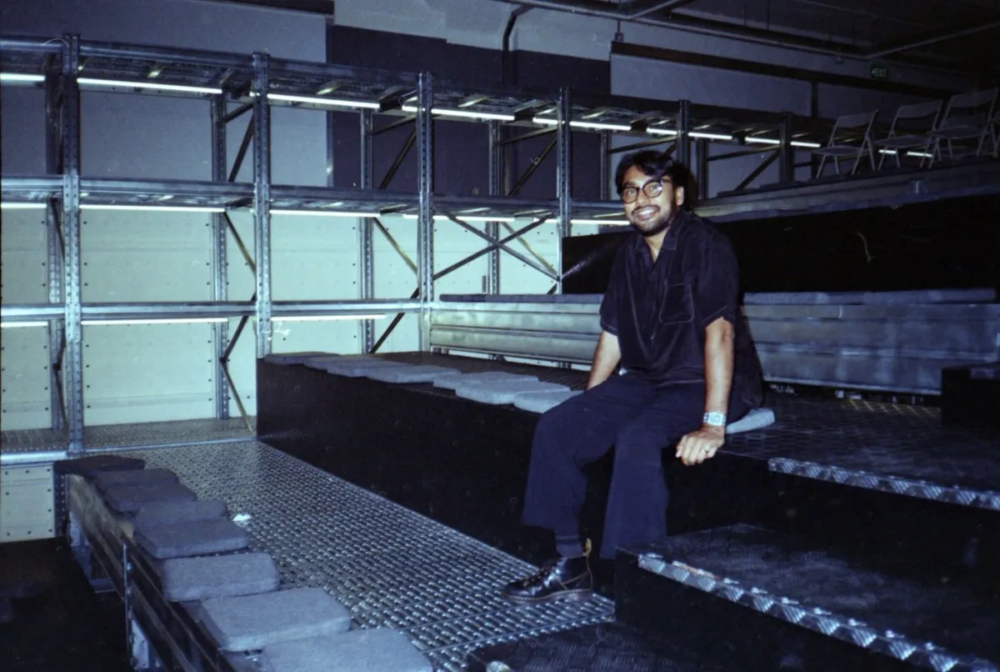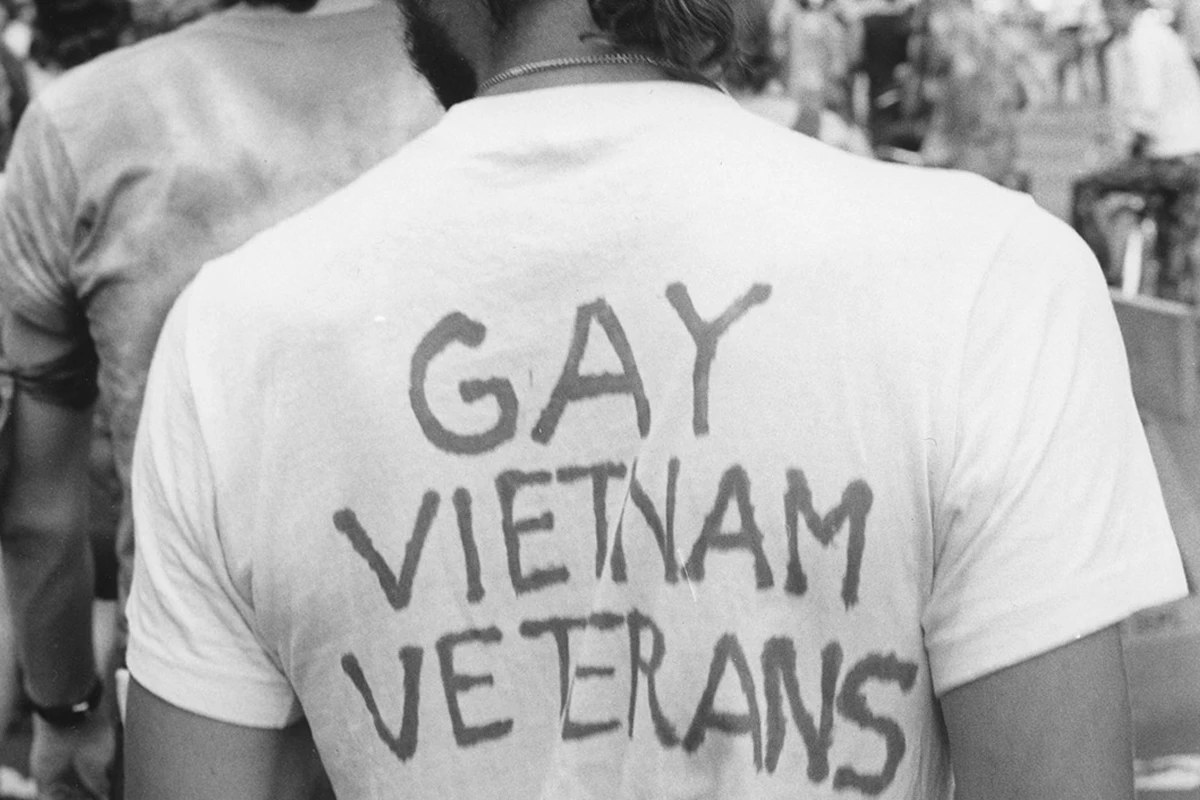
Faggot Pride and Prejudice: does the pope awaken gay activism?
‘There is too much faggotry’ – The Pope’s words sparked controversy and reawakened gay pride that seemed dormant under the blanket of internal debates on human diversity and inclusive language
The “Queerness” and the Reaction of the LGBTQ+ Community: The Origins of Gay Pride and Pride
Anno Domini 2024. A climate collapse, an ongoing genocide, and a general escalation of international geopolitical tensions demand the commitment of all significant institutions—including the Vatican, which has often been seen as a hopeful intermediary in urgent matters of our time. But, as we know, senile delirium spares no one, not even the Pope. On May 20th, the Pope felt compelled to express his concern about the rampant—quoting verbatim—”queerness” within seminaries.
It might seem like a trivial matter, a slip of the tongue. But how? The Pope of change, the reformer, the “who am I to judge” Pope, comes out with such a blunder? Yes, folks, it happened
The incredible part is not his words but the journalistic simplification the media made of them. Some spoke of ‘intensification’, ‘harsh attitude’, ‘words synonymous with a more conservative shift’. None of that. What the Pope said is vulgar and offensive. The members of the LGBTQ+ communities around the world understood this very well. A growing sensitivity towards respecting human diversity is something we take for granted in this plural and free millennium, but it hides decades of struggles by homosexual, bisexual, trans, and queer activists. In particular, a battle we celebrate every year in June and will continue to celebrate this year in a few days, what we call Pride.
What is Pride? Why is there a ‘gay pride’ and not a ‘straight pride’?
July 28, 1969 and the Role of Marsha P. Johnson: The Origin and History of Gay Pride, Political Activism, and the LGBTQ+ Community’s Militancy
Legend has it that everything started with a heel thrown at a police officer. Yes, the roots of the American homosexual movement’s claims—which in the following years gained more and more support, eventually becoming a global phenomenon—originated with the act of African-American trans woman Marsha P. Johnson at the Stonewall Inn in New York. An act loaded with significance that has now entered the mythology of homosexual history, sparking an unstoppable wave of pride that has swept many countries in the Western world and beyond.
For those unfamiliar with LGBTQ+ history, it’s useful to remember why the word ‘pride’ is used when referring to the parades that flow through our streets like rivers during June. To understand this, we must return to that heel throw by Marsha P. Johnson on July 28, 1969.
The Stonewall Inn in Greenwich Village: The Crucible of LGBTQ+ Community Activism, Where Human Respect Takes Root
It was summer in New York, as it was summer throughout the Northern Hemisphere. In less than a month, America would go to the moon, and ironically, the children of the moon—as Plato called homosexuals—would rebel against the umpteenth police raids in Manhattan’s gay ghetto.
Greenwich Village was a squalid neighborhood; the mafia invested its money here in underground clubs where queer people could meet, drink, and dance. These places attracted hundreds of people considered human waste, rejected by their families, thrown out of their homes like animals. The Stonewall Inn was a hive of queer people arriving from all corners of the United States in search of dignity and hoping to meet similar individuals who could lift them from the infamous destiny that society at the time had drawn for them. Greenwich Village was a cluster of angry queers ticking like a time bomb, ready to shatter the moralism of the sixties and transform society’s outcasts into militants dressed like clowns (as they appeared to public opinion).
The Stonewall Riots: A Revolt for Pride and a Rediscovered Sense of Dignity
The Stonewall Inn was raided on average once a month before the raid on June 28, 1969, and it had already been raided once that same week. Police raids and harassment were common events as homosexuality was considered a criminal offense throughout the state. If you wore more than three “non-gender-conforming” garments, you could be arrested. And this happened frequently.
At 1:20 AM on Saturday, June 28, 1969, four undercover police officers, two uniformed patrol officers, Detective Charles Smythe, and Deputy Inspector Seymour Pine arrived at the double doors of the Stonewall Inn and took the place. That evening there were about two hundred people in the bar. The raid did not go as planned. The standard procedure was to line up the patrons, check their IDs, and have policewomen accompany customers dressed as women to the bathroom to verify their sex; anyone appearing physically male and dressed as a woman would be arrested. That evening, the customers dressed as women refused to be searched. With the cry of “Gay Power,” the neighborhood progressively rebelled against police raids in various Greenwich Village venues. In the following weeks, movements, organizations, and committees were born, intending to speak of equality and queer rights, demanding at least the cessation of continuous moral police raids; the most important consequence of the riots was a newfound sense of dignity, proudly claiming their nature and their right to free expression and total emancipation from morality.
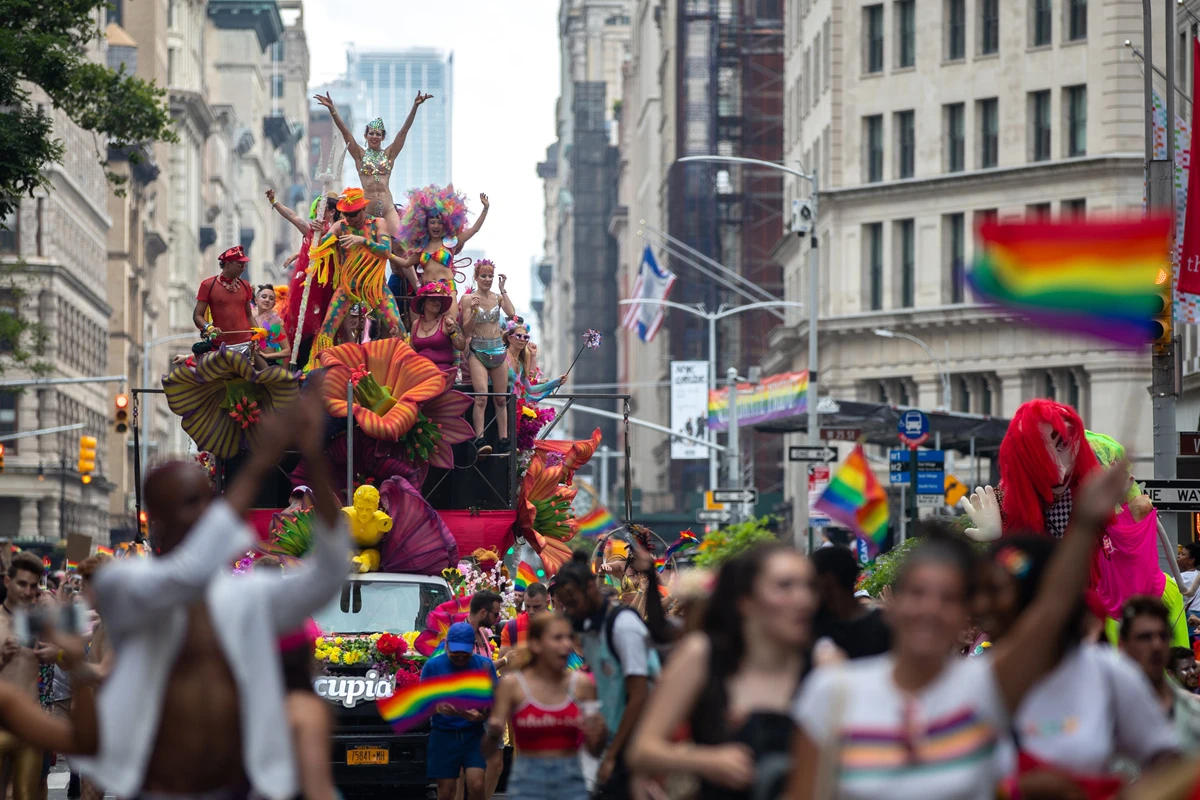
The Uncontainable Pride: From Riots to Peaceful Marches
Pride became uncontainable. So much so that the following year, on the first anniversary, queer people in New York organized a march through the city streets to make their voices heard. The riots led by rebellious homosexuals had completed their metamorphosis, transforming into a peaceful march of militants ready to conspicuously and proudly display their non-conformity, their destabilizing subalternity. Pride became a non-negotiable point. One marches as one is, without compromise. Borrowing the words of Italian porn actress Moana Pozzi: “Sometimes the pursuit of one’s own happiness causes the displeasure of others.” And so it was. Pride as an explosive exhibition of an alternative subjectivity (and collectivity), free from the gray repressions of the rule. Pride as the distillate of a hard-won, longed-for freedom.
Pride as a Parade and a Commemorative Event of LGBTQ+ Movement History: What is the Meaning of Pride Today?
It should now be clear that Pride is primarily a commemorative event. It is an event that, at regular intervals, recalls the journey that led homosexual demands to wide visibility and recognition of rights. But can we say that this awareness is still present? The writer believes not.
Over the years, Pride has transformed into a pop event, swallowed by the commercial logic of massification that has emptied it of its meaning, reducing it to a costume event. Thus, even pride with a lowercase “p.” LGBTQ+ pride has retreated into an exclusive and self-contained language, incapable of communicating its demands to the world and taking its rights for granted. Pride has lost that belligerent but effective dimension to dismantle prejudice. It preferred to lull itself into a slow and peaceful adjustment, renouncing its subversive alternative. Chasing only (rightfully, mind you) marriage equality, but not considering the request to society and the State for an alternative formulation of relationships. The homosexual movement had within it the ability to subvert the rules of heteronormativity, escaping monogamous logic, capable of proposing new social and relational models.
Hyper-Classification of the Fluid World, Gay Pride, and LGBTQ+ Movement Battles: Human Respect for Human Diversity
Deprived of its political dimension, gay pride has slipped into the conformity it so opposed. A glaring example is the theme of fluidity. In fleeing classification and labeling, it ended up creating a hyper-classified universe where umbrella terms become endless and incomprehensible to the majority of the population, who not only know nothing about these things but also do not care. Labeling is limiting, of course, but it is useful. It is an act that tends towards simplification but is necessary to make us recognizable, to give us a face in the eyes of others. And so we ended up with the logic that “coming out is no longer necessary,” whereas the greatest political lesson from the history of gay pride was the courage to expose oneself. The generation of the sixties won the rights we can enjoy; we are the generation that must guard them. To guard a heritage, one must be willing to protect it but also to defend it.
Gilbert Baker, the First LGBTQ+ Pride Flag of 1978, and the Paradox of the Inclusive Flag
The paradox of the inclusive flag is an eloquent issue. The rainbow flag was born thanks to Gilbert Baker, the artist and activist who created the first LGBTQ+ pride flag, recognized in 1978. The colors symbolize the shades, diversities, and therefore the complexity that composes the battles and claims of the LGBTQ+ movement. In recent years, the flag has become inclusive, incorporating the transgender flag, the intersex flag, and the flag of black people. The universal message of the flag has given way to the complaints of groups claiming their own representation, without considering that the message was already plural and aimed to escape partial classifications.
Indeed, pride must consider that its greatest threat is arrogance. And the idea of community stands thanks to the recognition of subjectivities but also thanks to a collective dimension that synthesizes them. In these terms, political gay pride has changed. It has followed the segmentation of egos and lost its choral dimension. It is more useful, then, to pursue a path that considers the direction of this ever-widening and more articulated community, a path that, in valuing differences, finds a common destiny. An acronym that, instead of extending (LGBTQIA+, etc.), finds unity of intent. Perhaps this is the great legacy of a militant community: putting what unites us first while proudly preserving the human diversities that differentiate us. Also, because in the eyes of others, we are all simply queers.
What is Pride? Why is Pride Celebrated?
Pride is an LGBTQ+ pride parade (also known as a pride event, pride parade, or pride march), an event celebrating the social and personal acceptance of lesbians, gays, bisexuals, and transgender people (LGBTQ+), achievements, legal rights, and pride. Most prides are held annually in the Western world in June, the month when the Stonewall events occurred. The parades seek to create a community and honor the movement’s history. In 1970, marches of pride and protest were held in Chicago, Los Angeles, New York, and San Francisco on the first anniversary of Stonewall. The events became annual and developed internationally. In 2019, New York and the world celebrated the largest international pride celebration in history: Stonewall 50 – WorldPride NYC 2019, produced by Heritage of Pride to commemorate the 50th anniversary of the Stonewall riots, with five million participants in Manhattan alone. The author of this article was proudly present.

